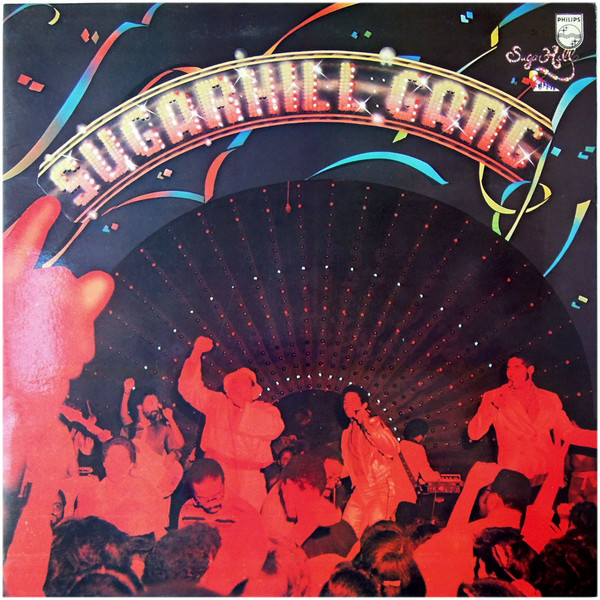

Last year was the 50th anniversary of hip hop, And in honor of this anniversary, the idea bloomed in my mind that I should review the top 50 albums of that 50 years. As I crunched together a list from various sources, 50 proved to be too restrictive- many of the classics were getting squeezed out. So, to make a little more room, I opted for 100 albums, two for each of hip hop’s 50 years.
For its formative years, hip hop was a live entertainment form, with the first recorded songs not emerging until 1979, and the first albums in 1980. So my review will cover 1980-2023, with 50 posts of two albums each. The only ground rule I made for myself (besides looking for 2×50, aka 100, albums that were widely well-regarded) was that I had to have at least one from each year. As you’ll see by and by, some years get multiple albums, but since we have 100 spots for 43 years, it tends to all work out.
And with that, let’s embark on our next installment!
Kurtis Blow, Ego Trip (1984)– When I think of the first hip-hop I loved, I think of the fat metallic beats of the 808 drum machine, the hard-hitting flow, the orchestra hit, the aggressive echo and stutter of fast scratching and mixing, rock guitar samples. In other words, I think of the sound of 1984-1986, and this album is replete with that sound. There are moments certainly, like the mellow groove of “Falling Back in Love Again” and the goofy innocent glee of the sports fan anthem “Basketball”, that don’t hit quite that raw, but the main vibe of the album is heavy in a way Kurtis Blow hadn’t done previously on his own albums. And in that vein, it’s assuredly no accident that Run- D.M.C. show up as guests in the album’s opening track, the urban storytelling of “8 million stories”. Which brings us to…
Run-D.M.C, Run-D.M.C (1984)- I mentioned in last week’s post that there was a “class of 1984”. In 1980-1982 there were only eight hip hop albums in total. 1983 opened things up a lot, with twelve in just that year. But 1984 was really when the genre broke out- thirteen albums came out, including several classic releases. And it was also the year that introduced the hard-hitting “hardcore” sound I mentioned above to the general public. Run-D.M.C., both the group and the album, was crucial to all of this. This was the first rap record to go gold, and the album that brought hip hop to MTV. Even today, it sounds palpably powerful, and there isn’t a single track that lags. And frankly, if “Rock Box” wasn’t one of the hardest rocking songs of 1984 then I don’t even know!
If you’re curious about the sources I used to compile my list, you can check them out here:
- Beats, Rhymes & Lists- The 50 Best Hip Hop Albums of the 1980s
- Beats, Rhymes & Lists- 250 Best Rap Albums of All Time
- Complex- The Best Rap Albums of the 80s
- GQ UK- The 28 best hip-hop albums that you should listen to immediately
- Hip Hop Golden Age- Top 100 Hip Hop Albums of the 1980s
- Music Grotto- 51 Best Hip Hop Albums of All Time
- ONE37pm- The 62 Best Hip Hop Albums of All Time
- Pitchfork- Highest Rated Hip Hop Albums of All Time
- Rolling Stone- The 200 Greatest Hip-Hop Albums of All Time
- The Source- Hip Hop Albums Rated 5 Mics Out of 5 (as of January 2011)
And if you want to catch up on the previous installments, here they are!
- Sugarhill Gang (1980)/Kurtis Blow (1980)
- 8th Wonder (1981)/The Message (1982)
- Wild Style Original Soundtrack (1983)/Fat Boys (1984)





